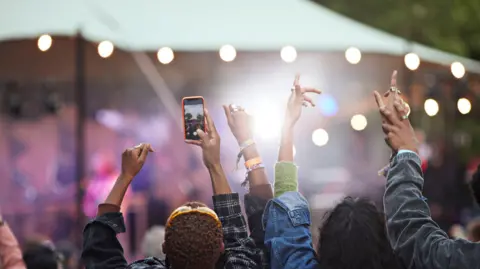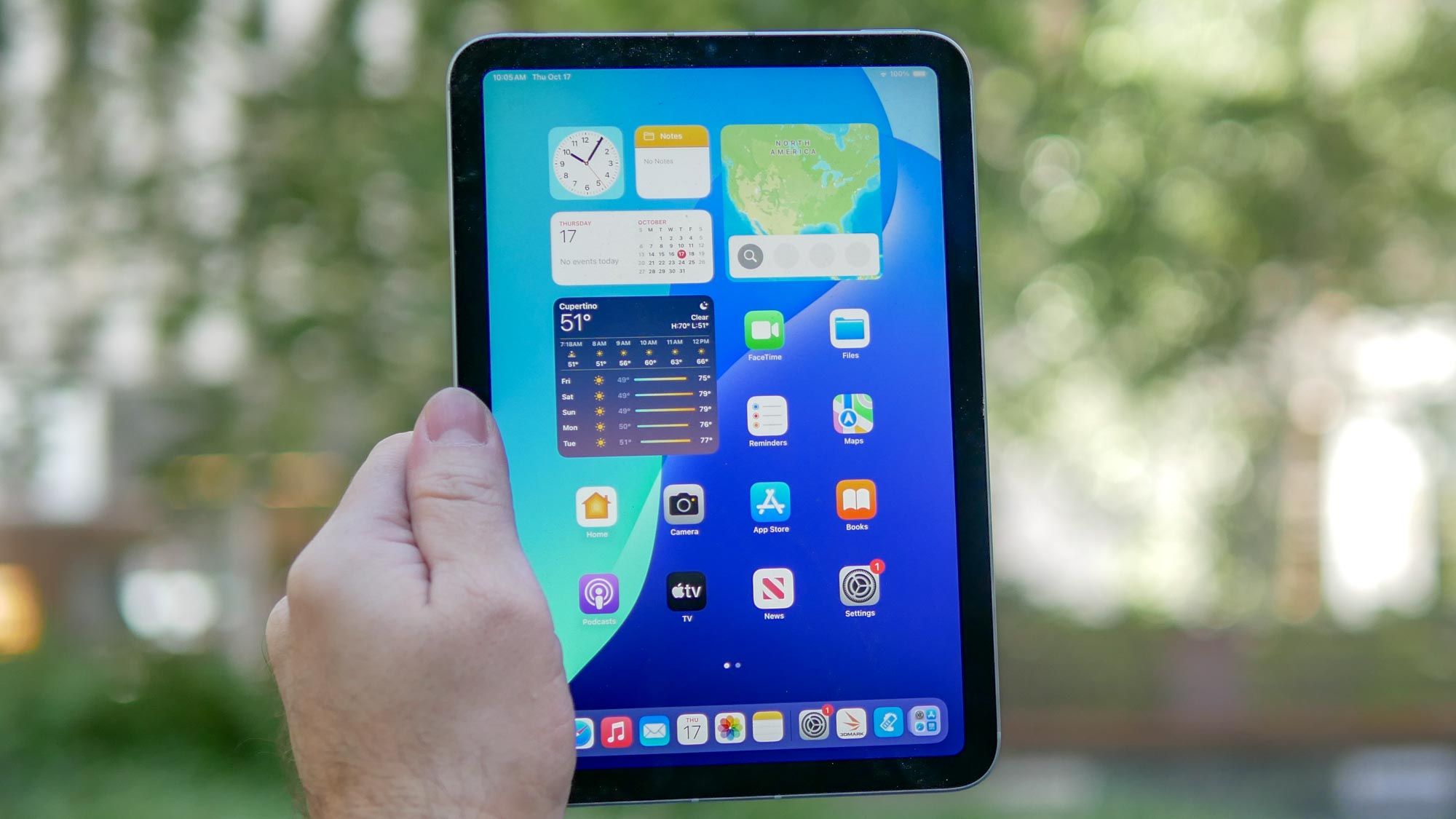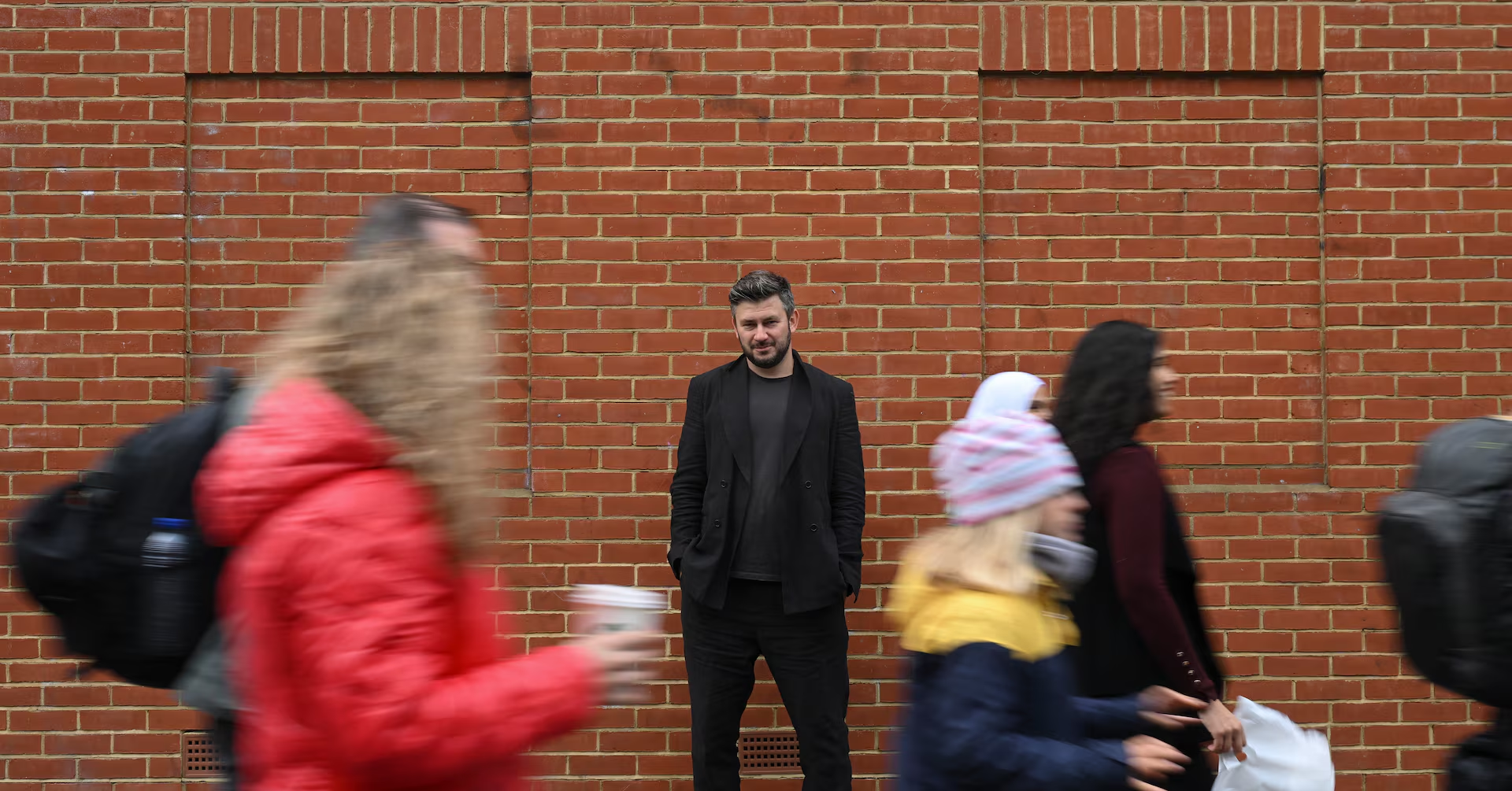An investigation into why blood doesn’t always behave as doctors expect has revealed a super-rare mutation in an extremely uncommon variation of blood.
Testing more than 544,000 blood samples in a hospital in Thailand revealed three people…

An investigation into why blood doesn’t always behave as doctors expect has revealed a super-rare mutation in an extremely uncommon variation of blood.
Testing more than 544,000 blood samples in a hospital in Thailand revealed three people…

 Getty Images
Getty ImagesFour people fell ill with E. coli linked to a music festival held in Aberystwyth during the summer.
Big Tribute Festival confirmed the cases after 5,000 people attended the event,…

So far, in terms of tablets, only a selection of iPad Pros have made the upgrade to OLED panels, but it looks like that will change soon.
Last month, Bloomberg’s Mark Gurman reported that the iPad mini 8 will come with the screen technology…

The first, or maybe the second thing to be said about “The Artist,” a six-part comedy written and directed by Aram Rappaport, is that it streams from the Network, a free ad-supported streaming service Rappaport created to release his…

“Consciousness,” although challenging to define, can be thought of as a first-person awareness of one’s surroundings and oneself. You sense the world through your eyes, nose, ears and hands, and track your internal bodily states via interactions…

It is not nearly so far a journey as you’d expect between flying and frying. At 10, my father sent me down to the small youth club at the bottom of the hill behind our house in London to study judo. Our dojo master Tom must have been in his 50s…

Russian novelist and playwright Dmitry Glukhovsky poses for a portrait as people walk by, October 12, 2025. REUTERS/Jaimi Joy
For the past 20 years, writer Dmitry Glukhovsky has observed Vladimir Putin’s Russia from extremes of proximity and…

The West Antarctic Ice Sheet covers some 760,000 square miles and is up to 1.2 miles thick. If it were to ever melt away entirely, it would add 10 feet to global sea levels. Even considering how quickly humans are heating the…